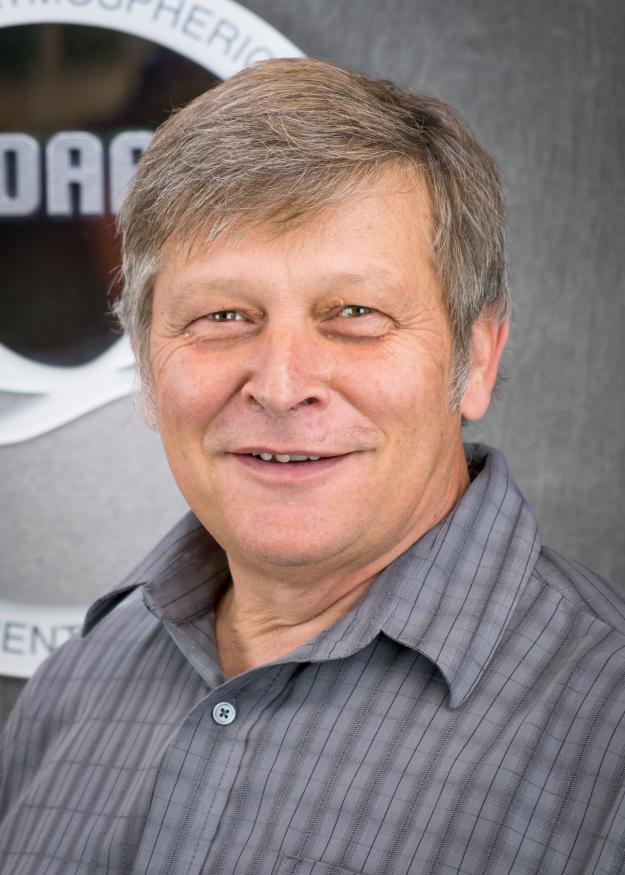2016 HS Prize winner
The Executive Editors and the Publisher of Atmospheric Environment take great pleasure in announcing the 2016 ‘‘Haagen-Smit Prize”, designed to recognize outstanding papers published in Atmospheric Environment. The Prize is named in honor of Prof. Arie Jan Haagen-Smit, a pioneer in the field of air pollution and one of the first editors of the International Journal of Air Pollution, a predecessor to Atmospheric Environment.
The ‘‘Haagen-Smit Prize’’ is given annually to a maximum of two papers previously published in Atmospheric Environment and covering different science areas. Additional information about this award and the selection committee members can be found in http://geo.arc.nasa.gov/sgg/singh/. The nominating letters printed below describe the 2016 winning paper.
Sillman, S., The relation between ozone, NOx and hydrocarbons in urban and polluted rural environments. Atmospheric Environment, 33(12), 1821-1845, 1999.
The relationship between ambient ozone and its two major precursors, NOx (= NO + NO2) and volatile organic compounds (VOCs) represents perhaps the most fundamental aspect of the chemistry of the troposphere. Both NOx and VOCs contribute in a complex manner to ozone production in urban areas and the troposphere as a whole. Ozone production can lie in NOx-sensitive or VOC-sensitive regimes, and understanding this behavior is a key basis for designing ozone-reduction policies. Sanford Sillman’s 1999 paper (Atmospheric Environment, volume 33, pages 1821-1845), cited over 450 times, represents a tour-de-force in examining the ozone-precursor relationship from all its facets. This comprehensive review paper, the primer on ozone formation and its relation to its precursors, has become required reading for understanding the sensitivity of ozone formation to changes in concentrations of NOx and VOCs and for designing ozone abatement strategies.
Nominator: John H. Seinfeld, California Institute of Technology,
Pasadena, California, USA
 Dr. Georg A. Grell, Earth System Research Laboratory, National Oceanic and Atmospheric Administration, 325 Broadway, Mail Stop R/CSD4, Boulder, CO 80305-3328 USA (Georg.A.Grell@Noaa.gov)
Dr. Georg A. Grell, Earth System Research Laboratory, National Oceanic and Atmospheric Administration, 325 Broadway, Mail Stop R/CSD4, Boulder, CO 80305-3328 USA (Georg.A.Grell@Noaa.gov)
Grell, GA; Peckham, SE; Schmitz, R; McKeen, SA; Frost, G; Skamarock, WC; Eder, B., Fully coupled "online" chemistry within the WRF model. Atmospheric Environment, 39, 6957-6975, 2005.
I would like to nominate the Grell et al. (AE, 39, 6957-6975, 2005) paper for the 2016 Atmospheric Environment Haagen-Smit prize in recognition of its overwhelming contribution to our understanding of atmospheric processes that link air pollution emissions to air quality and ultimately human health. Prior to the advent of WRF-Chem, atmospheric models of meteorology and atmospheric models of transport and transformation of air pollutants had a one-way linkage in that the meteorological information was fed into the chemical transport models but the chemical transport models were assumed not to substantially influence meteorology. We now know that this one-way linkage is not always a reasonable approximation.
WRF-Chem was the first widely available, public-domain model to encompass a two-way linkage between meteorology and pollutant transport and transformation. It is widely used by the air pollutant and climate change communities to understand the relationships between air pollutant emissions, meteorology and air pollutant concentrations in urban and regional settings. As a result, it has had a tremendous impact on the atmospheric environment community.
Nominated by: Anthony S. Wexler, University of California, Davis, California, USA
Our congratulations go to the authors of the outstanding paper selected for the 2016 Prize. We would also very much like to thank all the nominators for their effort and note that unsuccessful nominations are eligible for consideration again next year. We further take this opportunity to acknowledge the consciences effort of the selection committee, made up of members from six countries, in arriving at a clear and timely decision.
H. B. Singh, C. Chan, A. Wiedensohler
Editors-in-Chief, Atmospheric Environment
D. Hopwood
Executive Publisher, Elsevier
